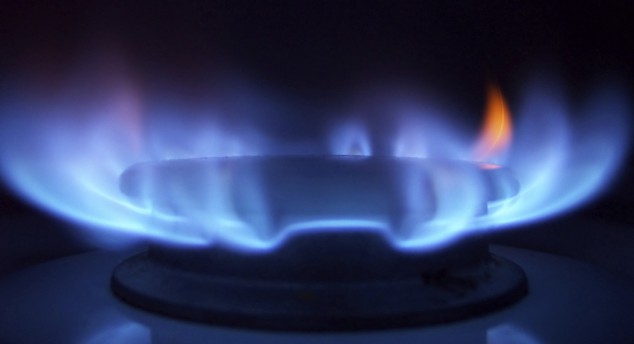14 Oct 2014

Far from quitting a dying industry, ANU will find that fossil fuels will keep their place. Helping to improve them would make more sense.
Thirty years ago, today’s chancellor of the Australian National University brought an end to his career as federal attorney general by sending air force spy planes to Tasmania in the Franklin Dam imbroglio and made politically memorable the streaker’s defence: “It seemed a good idea at the time.”
This thought may come back to Gareth Evans, who made a strong frontbench return in 1984 as federal minister for resources and energy (or “pipes and holes” as he preferred to call it), not least as the political midwife for Australia’s new star export industry, liquefied natural gas, and for this country’s first energy white paper, when next he discusses the fallout from the ANU divestment drama with vice chancellor Ian Young.
Professor Young may care to consider the streaker’s defence when he also contemplates his prediction that “our industries” will not be producing fossil fuels “in 20 or 30 years’ time” as part of his excuse for the university’s divestment of its shares in Santos, Oil Search and other companies. He won’t have long to wait to see this opinion tested.
The independent International Energy Agency will launch its new World Energy Outlook in mid-November. At present the IEA is on the record as predicting that natural gas will continue to increase its share of the global energy mix at a growth rate of 2.4 per cent annually until 2018 and that global demand for gas will rise by almost half today’s levels by 2035.
The IEA also says that “fossil fuels will continue to dominate the world’s power sector even as their share declines from 68 per cent now to 57 per cent of a very much larger pie in 2035.” (The agency predicts that world energy demand will be 33 per cent higher in 2035.)
It may have seemed a good idea to the university to climb on the anti-fossil fuel campaign but the move appears more of a feel-good stunt and flies in the face of more considered, expert opinion. And it is breathtaking coming from the head of a university claiming to be “a celebrated place of intensive research”.
Energy and mining technology are sectors of natural strength for Australia.
They are fundamental to Australia’s critical role in meeting the world’s demand for energy – a challenge that grows bigger every year.
Our universities at the academic and research levels are generally pleased to tell government, as they bid for funds, that they plan to play an important role in building this strength.
Tertiary education sees the needs of the Petroleum and mining sectors as important pegs to attract students (paying high fees) with the lure of future well-paid jobs for graduates in these industries and in others providing them with goods and services.
Does ANU – and any other university contemplating this pathway now plan to eschew a role in pursuing and teaching these students? Will they resile from seeking government and industry R&D grants in hydrocarbon-related energy areas?
If it continues in both endeavours, how do its chancellor, vice-chancellor and other leaders justify taking substantial sums in enrolment fees from students aiming for employment in an industry Professor Young predicts will be dead in the water before they are middle-aged?
Is this not a form of false and misleading conduct – an offence that sees alleged wrongdoers in business marched in to court by regulators at every opportunity? As well, will ANU continue to accept donations from alumni employed in the petroleum and coalmining industries?
Does it feel duty bound to return any donations it accepted from them in, say, the past five years?
On a more mundane level, will the university now take steps to discontinue its use of coal-fired electricity (the main source of ACT power) and to not use gas directly (e.g. for heating in Australia’s coldest capital city)?
Will it bear the consequences of the added cost without seeking extra taxpayer funding?
Professor Young has deplored what he calls fossil fuel critics thinking they have the right to tell his university where to invest its $1 billion in superannuation funds. He will find it harder to brush aside the above questions and others that challenge the probity of this decision.
The real issue, one that ANU has comprehensively avoided, is that the key task of all stakeholders, from policymakers to producers, is to build energy systems that work; energy systems that ensure security of supply; benefits to national economies; and measures to deal with the risk of climate change.
Just as the “shale gale” in the United States has led to that country reducing its emissions to their lowest level since 1994, exporting LNG to the world is one of the most meaningful contributions Australia can make to reducing global greenhouse emissions. By 2020, Australia will be the world’s leading LNG producer, shipping about 85 million tonnes, injecting almost $65 billion annually into the economy and almost $13 billion a year in taxes and royalties.
Any informed debate about energy should be built on an appreciation of the scale of the task of delivering clean, reliable and affordable energy to the world; the central role that oil and gas companies play in meeting that challenge each and every day; and the ongoing contribution that hydrocarbons will surely make to Australia’s economy and way of life.
Universities should get on board one of Australia’s great success stories.
First published in the Australian Financial Review, 15 October.

